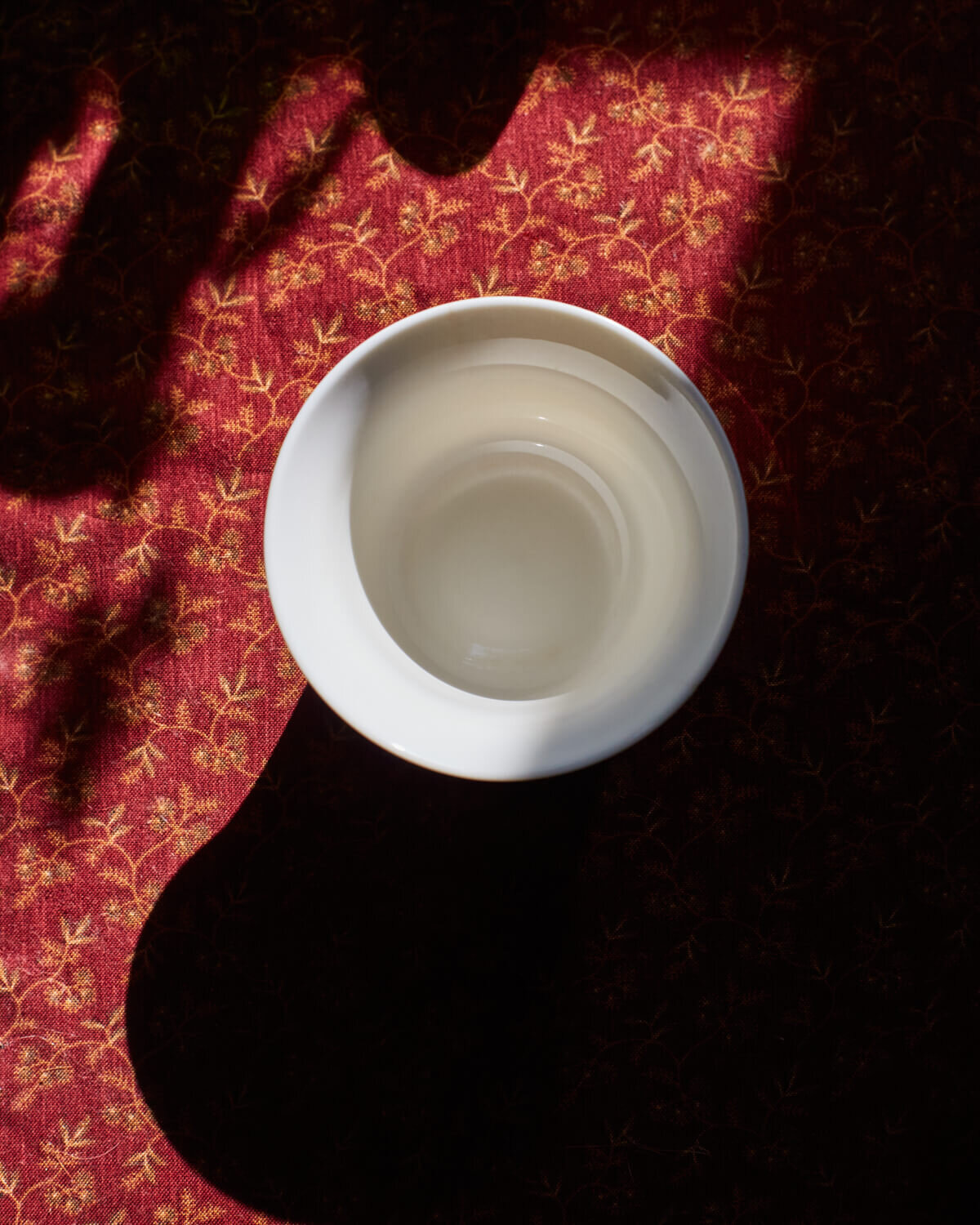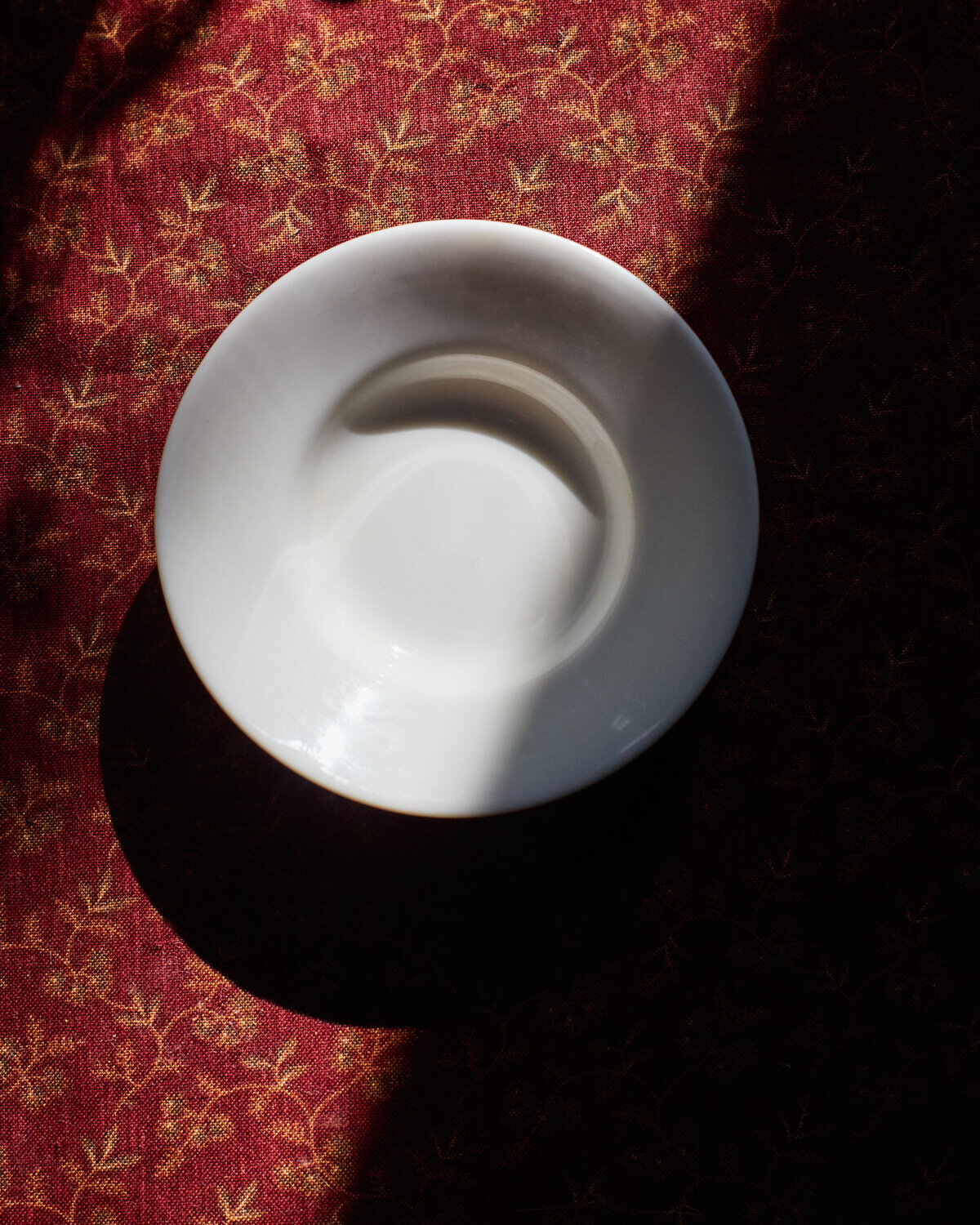What is a Gaiwan?
A Gaiwan is a vessel used for brewing most Chinese and Taiwanese teas. It’s usually ceramic and consists of 3 parts - the lid, the bowl, and the base. It may look a little confusing but I promise it’s not, and that your tea will be much tastier when you learn how to use It.
In this easy-to-follow article we’ll go over:
What is a Gaiwan?
How to Brew with a Gaiwan
The best reasons to use a Gaiwan
And so much more! Let’s get brewing.
Why Use a Gaiwan?
The reason you would want to use a Gaiwan is it gives you more precision when brewing your tea. You’ll be able to do small brewings that let you sample the tea at different stages of diffusions.
For example, the first brewing will taste different than the 4th brewing. A gaiwan lets you sample the whole range of the tea. Here are 3 reasons you’d want to use a gaiwan:
1 - Controlling Your Brew
First and foremost, gaiwans allow you to get a lot out of your tea because you can brew over and over again. And because you’re in control of the brewing process, you can dial in your steeping time – brewing longer or shorter depending on the desired flavor you’re looking to get out of a tea.
2 - They’re Great for Brewing All Kinds of Teas
Gaiwans are great brewing devices. They’re used for most Chinese teas, but can also be used for Taiwanese teas, or any other tea you have laying around.
And because they’re usually made from porcelain they don’t change the flavor of the tea you’re brewing (if you brew in a clay teapot, the flavor will be altered). You can even use the lid of gaiwan to appreciate the aroma of the tea you’re brewing.
Extra info: When you brew Chinese tea, it leaves behind some aroma in your cup or on the lid of your gaiwan. By smelling the lid of the gaiwan, you can get a good idea of what a tea’s aroma is and learn a lot about its quality and processing. For more interesting tea hacks, you can have a look at our previous article 7 Delicious Tea Hacks here.
3 - They’re Inexpensive
Because they’re mass-produced and easy to find, they’re fairly inexpensive (under 20 bucks). But that doesn’t mean you can’t get fancy or more expensive ones.
You can get buy a Gaiwan from us here that’s priced affordable but is very high quality. And it’s made of glass so you can clearly see the tea.
What is Gaiwan - Explained in 3 Parts
What is a gaiwan exactly? Essentially, a gaiwan in a just a lidded bowl. In fact, in Chinese, that’s literally what it means – Gai (lid) Wan (bowl).
But nowadays they’re usually 3 parts, which include a lid, bowl, and a base to prevent spilling. Each part of the Gaiwan serves a specific function.
The Gaiwan Lid
Allows you to control heat retention
Controls pour speed
You can also smell the aroma on the tea on the bottom of the lid
The Gaiwan Bowl
Allows tea leaf to open up nicely
Open slightly flared at the top so fingers aren’t burnt when pouring
The Gaiwan Base
Helps catch any water or tea that may drip out
Keeps the gaiwan safely nestled where you’re brewing
Gaiwan Sizes
There are many sizes of Gaiwans, but the standard is 110ml. Most tea brewing guides will suggest an amount of tea used for this measurement, but don’t be surprised if you find larger or smaller gaiwans.
Keep in mind that the point of brewing with a Gaiwan (or Gongfu style brewing) is you are using less liquid and more tea material, while reducing your brewing time to a few seconds!
That’s why I recommend keeping a standard 110ml and not going too much larger than that. As you’ll fall back into Western brewing habits of using too much water and not enough tea…
History of Gaiwans
Although tea have a pretty long history, Gaiwans have also been around for a long time. But they weren't always used for brewing tea… Their use for tea dates back to the Ming Dynasty in China (1368 to 1644 A.D).
Before this, tea was usually served in a bowl. But this had a lot to do with how tea was prepared at the time – it was ground up and whisked - just like Matcha.
During the Ming Dynasty, loose leaf tea became more popular, and with that change came the use of a gaiwan. It allowed a tea drinker to sip right from the bowl and hold the leaves back. Some people still brew their tea that way, but now it’s more common to pour the brew into another cup.
Gaiwan vs Teapot
Gaiwans and teapots. They essentially do the same thing – brew tea. But they do that very differently, and in ways that might affect the flavor of your brew more than you know.
I briefly mentioned it before, but a gaiwan is much more versatile than a teapot. Why? Well here are 4 reasons:
1 - Versatility
Gaiwans can be used with pretty much any tea. While zisha clay teapots or yixing teapots are generally reserved and used for a single kind of tea (for example, Cliff teapot, Raw Pu Er pot, Ripe Pu Er pot).
Gaiwans (if not made from clay) don’t absorb any tea flavors, while clay teapots will. Plus gaiwans are way easier to clean than teapots.
2 - Heat Retention
Gaiwans hold a lot of heat, but teapots get hotter. Which can alter the flavor of a tea and pull a lot of flavors out quickly.
Extra note: It doesn’t mean gaiwans don’t get hot, because they do. Many beginners try to tough through the pain of using a gaiwan - super heated from multiple steepings of boiling water… But the thing is there should be no pain at all. If you feel pain, it's because you're holding the Gaiwan wrong.
3 - Taste
Because of the way heat is distributed, the heat stored in teapots may change the flavor of the tea and make it stronger. Additionally, the tea interacts with the clay, which changes the flavor. This isn’t bad, but it sometimes ‘mutes’ subtle flavors you might be able to taste if you use a gaiwan.
4 - Affordability
Like I mentioned before, gaiwans are usually pretty cheap. Which is good… Because you’ll probably break one when you learn how to use them.
I don’t think I’ve spent more than 20 bucks on a gaiwan, but some higher-end pieces of teaware go for much more than that. But generally speaking, gaiwans are cheap. In contrast, a decent clay teapot will set you back at least a hundred dollars or so.
How to Brew with a Gaiwan
Brewing with a gaiwan is very simple. To make things easy, we made a separate How to Brew With a Gaiwan guide that goes over everything you need to know.
Get Brewin’
In a word, a gaiwan is one of the simplest (but most essential tools) used for brewing all tea. Now that you know what is a gaiwan, you’re ready to get brewing!
If you found this article helpful, we’d love to hear from you. Ooika is building a community of like-minded tea people and we’d love for you to join the conversation. Join our Steepers Union Facebook group where we talk about tea, art, photography, and our favorite tea recipes. Hope to see you there.
MORE ON CHINESE TEA







